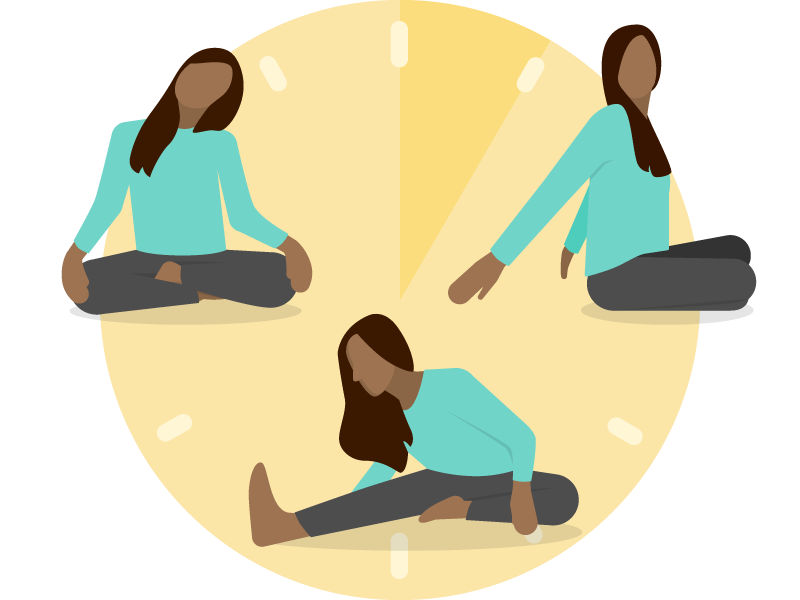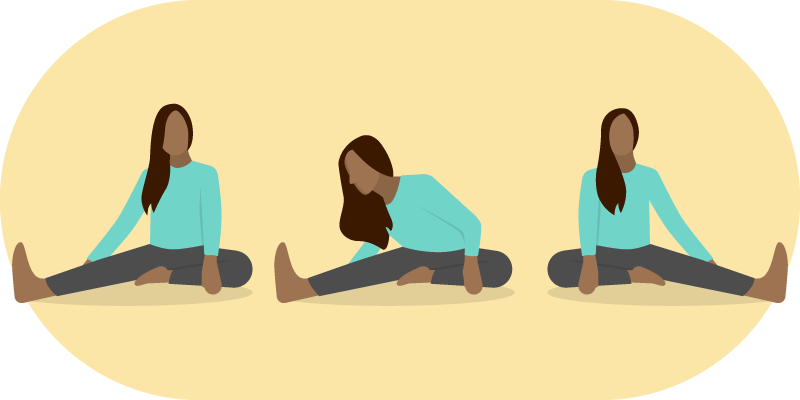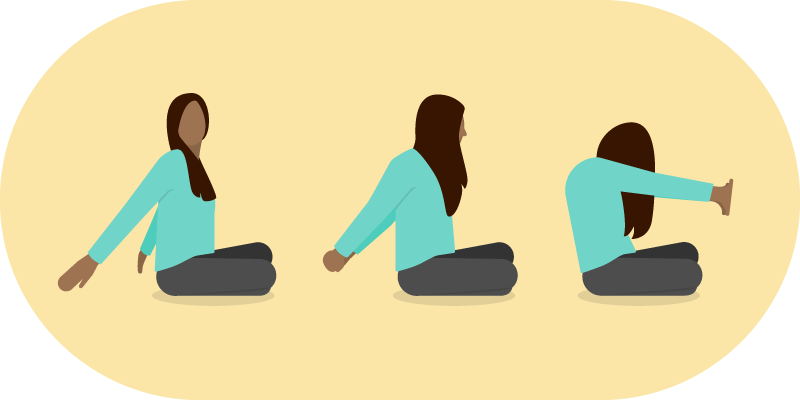Hey, you, the person reading this. When was the last time you got up from your chair for a stretch or a walk?
If you’ve got a stiff neck, a sore back, or hamstrings so tight you can barely touch your toes, you’re not the only one. Since the COVID era began — and forced millions of Americans to shift to remote work and virtual learning — chiropractors have reported a spike in complaints. In April, the American Chiropractic Association conducted a poll on Facebook to find out how people were feeling while sheltering in place. Just weeks into the pandemic, 90% of the poll’s 213 respondents were already dealing with musculoskeletal pain.
Working in a way that isn’t ergonomically supportive — think perching on a barstool at your kitchen counter, or click-clacking away on your computer while seated on your mushy couch — doesn’t do your body any favors. If you’ve been exercising less on top of spending more hours bent over a laptop, you may be setting yourself up for discomfort.
“Sitting at an office or a dining room table all day can fatigue and weaken muscles,” says Abbe Hoffman, MS, an ergonomist with Rally’s parent company Optum Health. “Our glutes get deactivated by being sedentary, and weak glutes can make you more prone to lower back discomfort.”
Think about incorporating stretching into your daily routine. Stretching can help keep muscles flexible and strong, and protect you from injury. Once or twice a day, set aside 5 minutes to tackle the moves below. Aim to hold each stretch for 10 to 30 seconds. Repeat each movement three times before moving on to the next. (If anything hurts — or if you’re already dealing with a chronic injury or muscle strain — hold off on these. Once you heal and have your doctor’s approval, you can go ahead and give them a try.)
Neck Soother
What it relieves
The term “Tech Neck” (also called “Text Neck”) refers to overuse injuries of the head, neck, and shoulders caused by craning over technology (aka looking at your phone all day). Peering down at a screen involves a forward head motion that strains the cervical spine (the top part in your neck) and the muscles that support it. Do this stretch a couple of times a day to soothe tension and reset your posture.
How to do it








